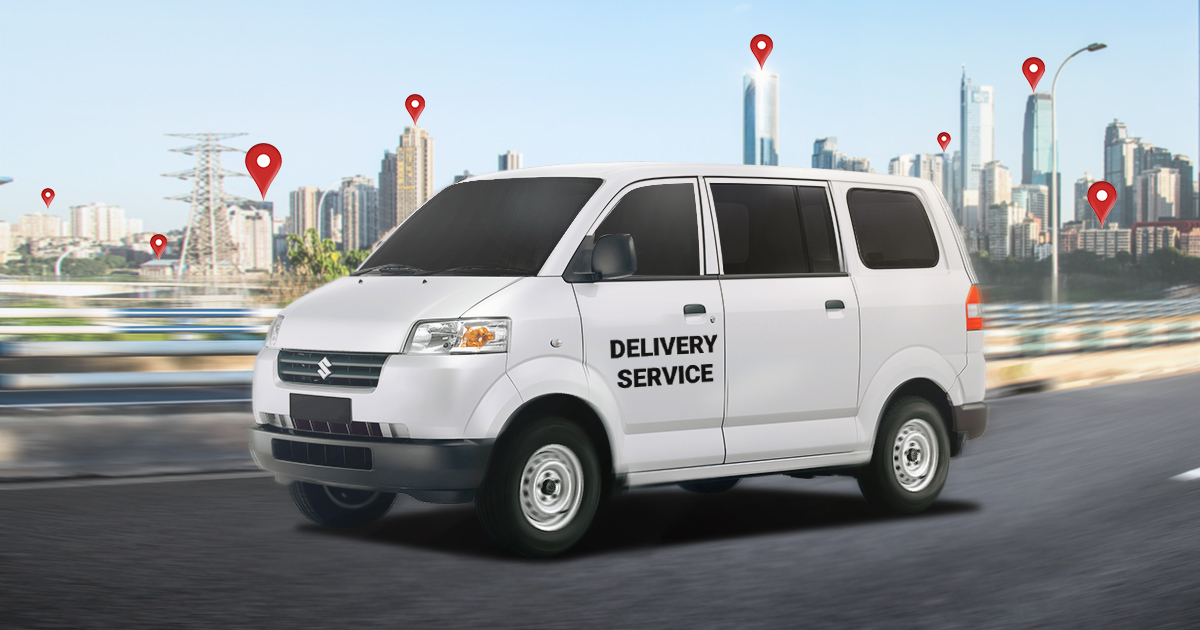
Ever since the pandemic changed our lives by a blow, people naturally find ways to survive through technology and the internet. Strict limitations on human mobility brought by lockdowns created a shift in the logistics of goods from sellers to customers. One logistics model that stood out is the model of hyperlocal logistics. Hyperlocal logistics is the flow of products from sellers to customers within a geographical area, usually in an urban area.
Customers find this concept more convenient in bringing essential items closer to them in a shorter timeframe. The deliveries are oftentimes groceries, food, vegetables and fruits, cleaning supplies, and medicines. Hyperlocal deliveries are made possible through online platforms that create a marketplace where sellers and customers can have transactions. And one of the market players that most benefit from this model is the local sellers, who usually offer products at a lower price. They make use of local logistics providers to transport their products to customers at a faster rate.
Why Is There a Demand for Hyperlocal Logistics?
When looking for something, it is a habit for customers to first check their social media accounts for recommendations and local marketplaces. They aim to find sellers near within their area because the cost and time of arrival for delivery would be potentially less. Many local retail outlets have converted their stores into micro-fulfillment centers and as a result of the demand for hyperlocal logistics. These mini warehouses have the best chance of meeting customer demands quickly and affordably. The hyperlocal logistics model has benefited the logistics industry by optimizing time, expense, and resources. Because short distances save time, fewer distribution resources are required, and sellers can serve more customers. Furthermore, because hyperlocal logistics providers charge nominal rates based on shipment weight, small businesses do not have to invest heavily. Hyperlocal businesses can deliver goods and services more quickly than larger online retailers. Products that you would usually have to order by a certain time to receive next-day delivery are now available within a matter of hours.
What is the Future of Hyperlocal Logistics?
Coming to rural areas
The next step in the evolution of hyperlocal logistics will happen in underserved rural areas of our country. In the coming years, rural e-commerce will be a hotspot for more in-demand hyperlocal logistics.
New players to conquer and create new hyperlocal marketplaces
Big e-commerce companies will enter the hyperlocal market by creating an ecosystem through app-based platforms in urban and rural areas. They plan to create a collaborative and massive hyperlocal delivery environment to expand into smaller communities. Following the COVID-19 pandemic, e-commerce will re-explore new opportunities in last-mile delivery.
Creation of demand for the non-essential products
As we slowly find our way to manage and alleviate COVID-19, some businesses will develop hyperlocal delivery to categories such as garments, beauty, alcohol, and more. Instead of being endangered by large crowds in malls, retail stores, and groceries, businesses could consider implementing a hyperlocal delivery strategy. Non-essential retail businesses will benefit from hyperlocal deliveries as they increase their online presence and customer base. It will provide businesses with an opportunity to leverage new technologies and expand their customer reach.
SEE ALSO:
